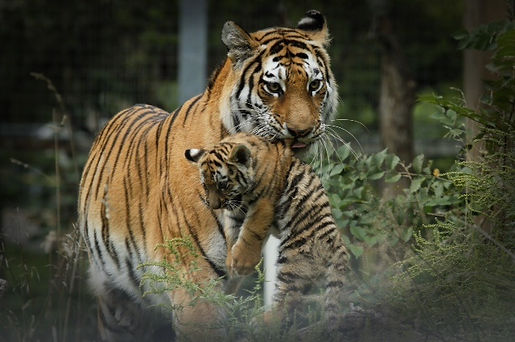Catatonia
Random thoughts by Kenneth Lyen


Medscape defines catatonia as “a state of apparent unresponsiveness to external stimuli and apparent inability to move normally in a person who is apparently awake”.
It is found associated with several psychological disorders including schizophrenia, autism spectrum disorder, bipolar disorder, post-traumatic stress disorder, depression, narcolepsy, as well as drug abuse or overdose. Medical conditions associated with catatonia include encephalitis, autoimmune disorders, strokes, metabolic disturbances, alcohol withdrawal, benzodiazepine withdrawal, head injury, homocystinuria, diabetic ketoacidosis, hepatic encephalopathy, and hypercalcaemia.

What is the difference between catatonia and being frozen? We use the idiom “frozen with fear” or “scared stiff”. This fear response is similar to the animal defense strategy tonic immobility.
Where in the brain is the fear-induced freezing mechanism located? One study on rats conducted by Ann E. Power found a connection between the basolateral amygdala and freezing behavior. Another study by Gisquet-Verrier, also in rats, showed that the hippocampus is involved with freezing behavior, A third study on rats showed that the periaqueductal grey is responsible for the freezing response to fear.
Acetylcholine and serotonin are thought to be the neurotransmitters responsible for the freezing behaviour, and these neurotransmitters are influenced by hormones, including corticosteroids.
What is the etymology of catatonia? According to the Etymology Dictionary, the word is formed directly from Greek kata "down" and tonos "tone".



It has been drawn to my attention by Vanessa Chua that mother cats carry their kittens by the nape of the neck because it calms them down and they become motionless. She showed me the video (see below), and it made me wonder if the term “catatonia” was derived from the freezing of cats when held by the scruff of their necks? Unfortunately I could not find such a link.


When I explored this topic, I discovered that mother mice also “paralyse” their baby mice when they carry them by the nape of their necks. Lions, tigers, leopards, and wild dogs, also carry their offsprings by their necks. I suspect they must have discovered that holding their young by the scruff of their necks somehow quietens or paralyzes them. Interesting!






These observations raise some fascinating and important questions: what is the neuroscience of freezing, and what is the relationship with catatonia? At the moment answers are not readily available, in part because there are very many conditions that lead to immobility or paralysis, and in part because the definition of catatonia is a bit unclear. Time will clarify these problems.
Kenneth Lyen
6 May 2018, updated 28 April 2020
References
Definition of catatonia: https://emedicine.medscape.com/article/1154851-overview#showall
Conditions associated with catatonia: https://en.wikipedia.org/wiki/Catatonia
Autism spectrum disorder and catatonia: https://en.wikipedia.org/wiki/Autistic_catatonia
Scared stiff: https://www.ncbi.nlm.nih.gov/pubmed/15482070
Neuroscience of freezing: https://en.wikipedia.org/wiki/Freezing_behavior
Neuroscience of fear-evoked freezing: https://www.psychologytoday.com/us/blog/the-athletes-way/201405/neuroscientists-discover-the-roots-fear-evoked-freezing
Neural pathways involved in fear-induced freezing: https://www.psychologytoday.com/us/blog/the-athletes-way/201405/neuroscientists-discover-the-roots-fear-evoked-freezing
Etymology of catatonia: https://www.etymonline.com/word/catatonia
Kittens carried by the nape of their necks become motionless: https://iheartcats.com/ask-a-vet-why-do-mother-cats-carry-their-babies-by-the-neck/
Kittens act paralyzed when carried by the scruff of their neck: https://pets.thenest.com/kittens-act-paralyzed-picked-up-scruff-8028.html
How to make a cat freeze: https://www.youtube.com/watch?v=rturBPWFgFw
How to deactivate a cat: https://www.youtube.com/watch?v=NaoBZpl7W-c
How to deactivate a cat: https://www.youtube.com/watch?v=fI_0T_GdB5o
How to deactivate your cat: https://www.youtube.com/watch?v=Mu7aPLc0Lq4
